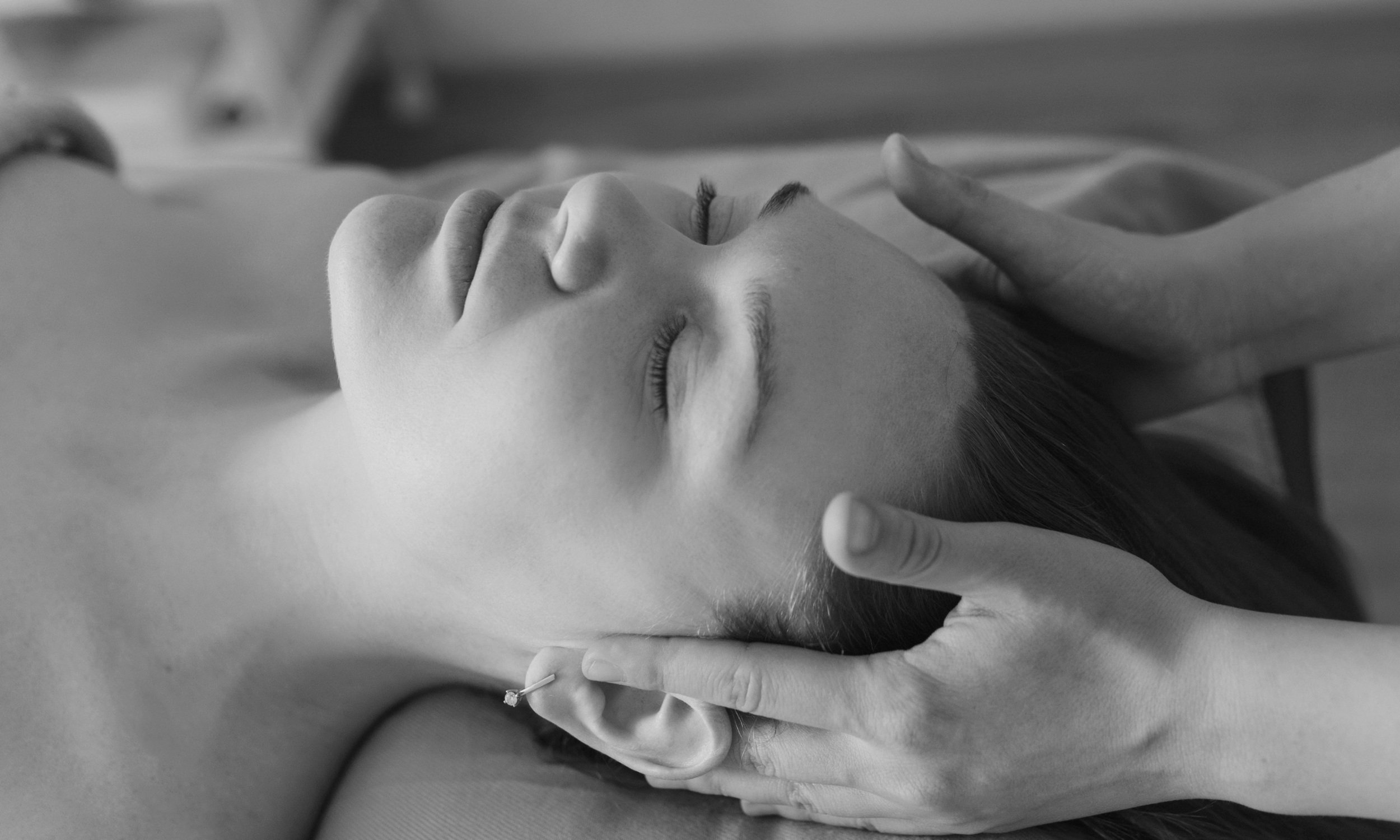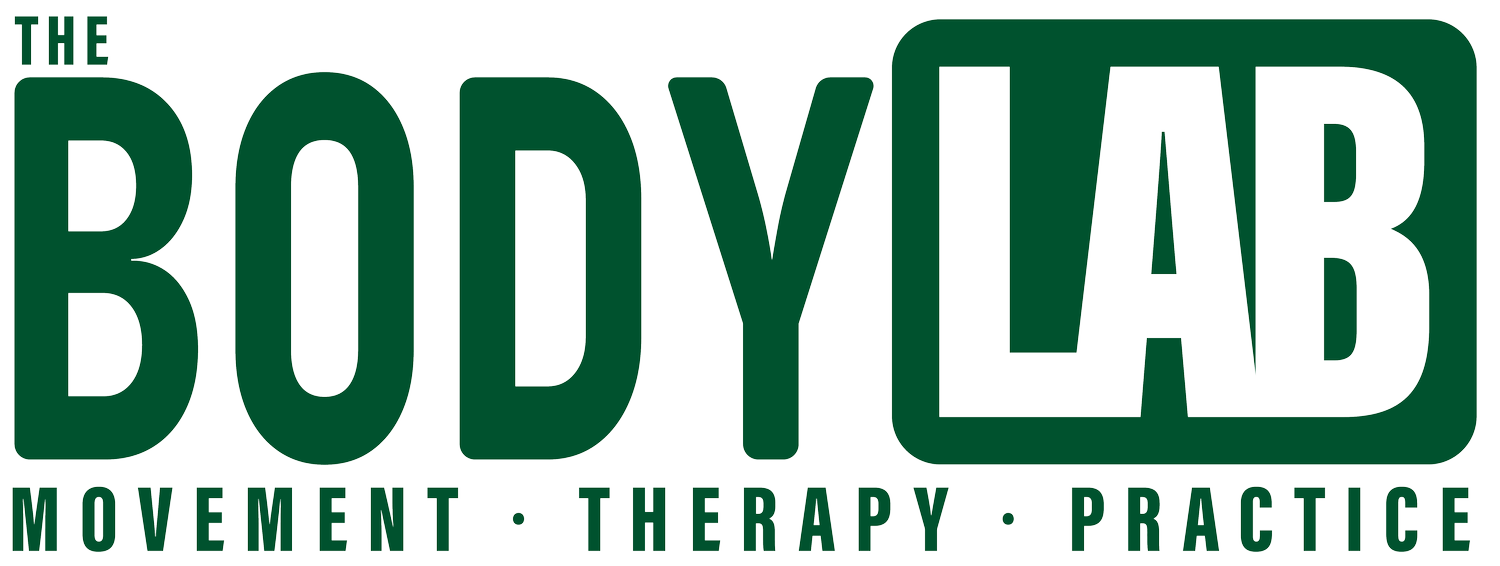
Canberra Craniosacral Therapy
Unwind Tension and Find Your Balance
Craniosacral Therapy | Craniosacral Manipulation | Cranial Sacral Therapy | Cranial-Sacral Treatment | CST Techniques | Benefits of Craniosacral Therapy | Craniosacral Healing | Craniosacral Therapy for Migraines | Pediatric Craniosacral Therapy | Craniosacral Therapy for Autism | CST for Stress Relief | Craniosacral Biodynamics | Craniosacral System Balancing | Osteopathic Cranial Manipulative Medicine | Craniosacral Therapy Exercises | Craniosacral Therapy Certification | Craniosacral Therapy Schools | How Craniosacral Therapy Works | Craniosacral Therapy Techniques | Craniosacral Therapy Reviews | Advanced Craniosacral TherapyAt Canberra Craniosacral Therapy, we understand how overwhelming this can feel. Our goal is simple:
To help you unwind those deep tension patterns.
To create space in your body.
To leave you feeling lighter, calmer, and more balanced.
What is cranial sacral therapy?
Canberra Cranial sacral therapy (or, craniosacral therapy) is a hands-on therapy, using gentle, non-invasive touch to relieve compression in the bones of the head, sacrum (a triangular bone in the lower back), and spinal column.
Cranial sacral therapy is non-invasive. It’s a type of bodywork that uses gentle pressure on the head, neck, and back to relieve the stress and pain caused by compression.
The theory of cranial sacral therapy is that through the gentle manipulation of the bones in the skull, spine, and pelvis, the flow of cerebrospinal fluid in the central nervous system can be normalized and thereby assist in improving the function in the whole body.
Cranial Therapy helps with
People find cranial sacral therapy may help for a wide range of problems associated with discomfort or pain. Through relieving compression in the head, neck, and back, it is also thought to sooth or release both emotional and physical stress and tension.
Cranial sacral therapy may help for a wide variety of both acute and chronic issues including:
Headaches
Anxiety or distress
Concussion recovery
“Feeling off” or vague sensations
Head trauma
Chronic illness support
Disturbed sleep cycles and insomnia
How does craniosacral therapy work?
By gently releasing the bones in the skull, spine, and pelvis, the flow of cerebrospinal fluid in the central nervous system can be normalised which is often felt as less pressure in the body. Restoring balance can removes potential “blockages” from the normal flow, easing the stress on your central nervous system.
When the balance in your body is feeling out of sorts or you know something doesn’t feel right, we often describe it as cluttered, emotional, heavy or even just feeling down or flat. Headaches may also appear or you may experience pressure or tension through your skull and jaw. Craniosacral therapy may help to improve your body’s craniosacral rhythm.
What is the craniosacral rhythm?
The craniosacral rhythm is a unique cycle of movement in the bones and cerebrospinal fluid…yes it has a distinct pattern. It’s similar to your breathing pattern but in this case we are mostly exploring your rhythmic movement of the skull and pelvis that is influenced by the cerebrospinal fluid production.
What does craniosacral therapy treat?
There are a multitude of reason clients seek our craniosacral treatment. The most obvious is anything to do with the head such as headache and migraine, dizziness, sinus trouble and also jaw imbalances such as click, locking or pain. Trauma is another reason we resort to craniosacral treatment especially for old facial fractures or blows to the head. Clients have also asked for therapy for anxiety and low mood, often becasue other avenues have not provided the answers or results they were hoping for.
By treating the joins between the skull bones, known as sutures, we assess and mobilise these bones in distinct patterns that are obvious to a trained craniosacral therapist.
Headaches or migraine
Head pressure & sinus issues
Anxiety
Dizziness or vertigo
Jaw imbalances, locking, clicking
Facial or head trauma
Neck or back trauma
Health questions not answered elsewhere…
Headaches
Headaches are one of the most common reasons people seek out a craniosacral osteopath in Melbourne. It seems obvious becasue of the pain being inside the skull but there is far more to osteopathy in terms of ascertaining what other structures may be affecting the skull and vice versa. The history of the headache is extremely important to work out in a time-line fashion when the headache began and in what other areas of the body it affects ie. neck stiffness. The craniosacral approach is a great place to start looking especially if it hasn’t been investigated before.
Digestive Health
You may have heard the term that the GUT is the second brain. This part of the nervous system in the gut dubbed as the “second brain” comprises of over 500 million neurones and goes from your oesophagus to your anus, approximately 9 metres long, known as the Enteric Nervous System (ENS). The Enteric NS modulates immunity, endocrine functions, blood flow, digestive enzymes, motor function and so on. The cranial system is of potential significance with gut health and digestion. The nerve that supplies the gut itself is known as the vagus nerve. It is classified as a cranial nerve which simply means it is a nerve that forms directly from the brain tissue itself. There are 12 pairs of cranial nerves and the vagus nerve is number 10. The cranial nerves are of particular significance as they are responsible for our special senses including smell, sight, hearing & taste, and also have such a profound connection to the health of our gut tissue. The vagus nerve makes its way to the gut by exiting the skull from the base through what is known as the jugular foramen (foramen = hole). Issue in the skull and neck at this point may in fact cause an irritation or disturbance to the vague nerve that in turn may affect digestive health.
What does craniosacral therapy feel like?
The range of feelings varies a lot. Some people notice very little but feel relaxed at the end of the treatment. Other people have described feelings of (and this can be anywhere in the body):
chills or warm rushes
electricity
sleep producing
pure relaxation where they forgot where they were
waves of movement
gentle twitching
…and more
Ready to Feel Lighter, Calmer, and More Balanced?
Don’t wait to address what’s holding you back. Book your cranial consultation today and discover how craniosacral therapy can help you find relief and regain control.




